Expressway crisis management
- Corporate Top
- Business guide
- Road management and operation business
- Expressway crisis management
We strive for early recovery from disasters and swift response to emergencies
Expressway disaster recovery
In the event of a disaster such as an earthquake, we will promptly carry out inspections and restoration work to secure traffic.
Cases of restoration activities after the Great East Japan Earthquake
The Great East Japan Earthquake that occurred on March 11, 2011 caused many damages on the Tohoku Expressway and Joban Expressway including cracks and bumps on the road surface, collapse of embankments, and breakage of expansion and contraction equipment. Immediately after the earthquake, we closed the road for about 2,300 km and carried out emergency inspections and temporary restoration. On the next day, we secured emergency traffic, and 13 days later, almost all lines were closed.
Joban Expressway Mito IC-Naka IC Restoration status of embankment collapse point
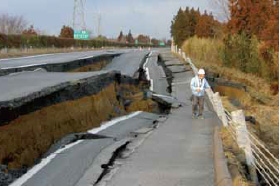
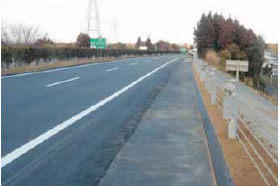
Lifesaving support
In order to support emergency lifesaving activities in the event of a disaster, we have established a lifesaving support helipad and conduct training with related organizations.
Maintenance of lifesaving support heliport
In order to promptly transport people who were injured in the event of a disaster and implement prompt disaster countermeasures, helicopters take off and land in 15 service areas such as Hokkaido, Miyagi Prefecture, Fukushima Prefecture, Gunma Prefecture, etc. We have developed a heliport and are conducting takeoff and landing training on the premises of the toll booth.
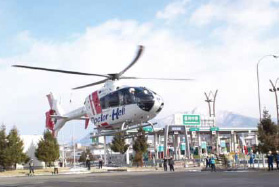
(Joshinetsu Expressway Shinshu Nakano IC)
Make a rest facility a disaster prevention base
In the event of the Great East Japan Earthquake, the Expressway rest facilities were used as a gathering base and relay base for the Self-Defense Forces and fire departments. We have established a rest facility with functions that can be used as a room, and also conduct disaster prevention drills jointly with related organizations.
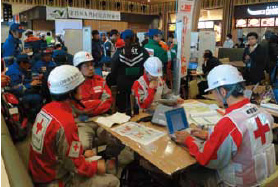
(Joban Expressway Moriya SA)
Seismic retrofitting
Measures to prevent the bridge from collapsing or collapsing in the event of a large-scale earthquake have been completed, but seismic reinforcement work is also underway to quickly ensure its function as an emergency transportation road.
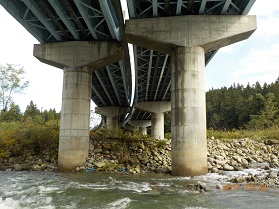
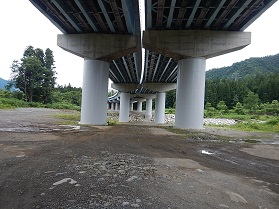
Disaster area support
When a disaster occurs, we work with related local governments and other Expressway companies to provide support to the affected area, including dispatching support vehicles and volunteering.
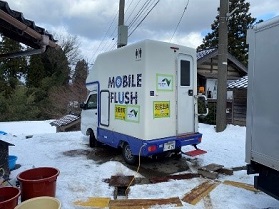
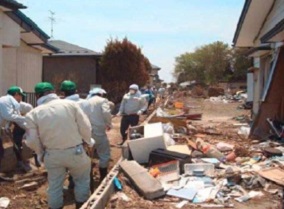

To view the PDF file, you need the Adobe Systems plug-in software "Acrobat Reader (Japanese version)". If you do not have Download from here (free)Please use it.
